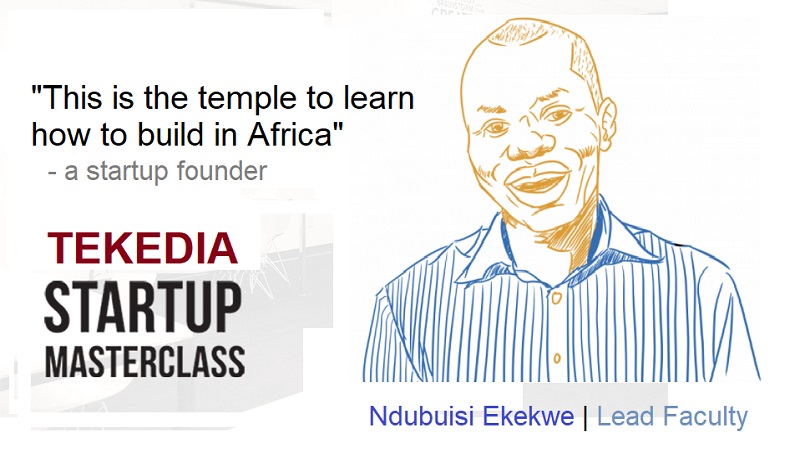
German authorities have approved the German French Tank Project, specifically the Main Ground Combat System (MGCS). On April 4, 2025, Germany’s Federal Cartel Office, the country’s antitrust authority, gave the green light to a joint venture between defense companies KNDS Deutschland, KNDS France, Rheinmetall, and Thales to develop this next-generation battle tank. This approval marks a significant step forward for the project, which aims to replace Germany’s Leopard 2 and France’s Leclerc tanks by the 2040s.
The MGCS is a collaborative effort between France and Germany, initiated in 2017, to create a cutting-edge tank system incorporating advanced technologies like artificial intelligence, laser weapons, and modular designs. The project had faced delays due to disagreements over work distribution and industrial priorities, but a breakthrough was achieved in March 2024 when the two nations agreed to split tasks equally.
This was followed by a formal agreement signed on April 26, 2024, in Paris by German Defense Minister Boris Pistorius and French Armed Forces Minister Sebastien Lecornu, setting the stage for development to proceed under German leadership. The recent antitrust approval ensures that the joint venture can move forward without competition concerns, allowing the companies to begin negotiations and work toward a contract in 2025.
Register for Tekedia Mini-MBA edition 17 (June 9 – Sept 6, 2025) today for early bird discounts. Do annual for access to Blucera.com.
Tekedia AI in Business Masterclass opens registrations.
Join Tekedia Capital Syndicate and co-invest in great global startups.
Register to become a better CEO or Director with Tekedia CEO & Director Program.
The MGCS will replace aging Leopard 2 and Leclerc tanks, providing NATO and European forces with a state-of-the-art platform by the 2040s. Its advanced features—AI, laser technology, and modular designs—could give European militaries a significant edge in future conflicts. As a joint Franco-German project, the MGCS will standardize equipment between two of Europe’s largest armies, improving coordination in joint operations and potentially setting a template for other European nations to adopt.
By developing its own advanced tank, Europe reduces reliance on U.S. or other foreign defense systems, bolstering its ability to act independently in global security matters, especially amid uncertainties like shifting U.S. foreign policy priorities. The project will generate high-skilled jobs in Germany and France, particularly in the defense sectors of companies like KNDS and Rheinmetall. This could stimulate local economies and reinforce. A successful MGCS could become a competitive export product, challenging tanks like Russia’s T-14 Armata or the U.S. Abrams.
The collaboration spreads the high development costs (estimated in the billions of euros) between France and Germany, making it more financially viable than if either nation pursued it alone. However, delays or mismanagement could still strain budgets. The MGCS reinforces the Franco-German axis as the backbone of European integration. Overcoming past disputes over workshare and leadership signals a commitment to deeper defense cooperation, potentially inspiring broader EU defense initiatives. The project could push the European Union toward a more unified defense strategy, though it also highlights tensions—other nations might feel sidelined unless invited to join later, as has been suggested.
Amid Russia’s ongoing aggression in Ukraine and rising global tensions, the MGCS sends a message of European resolve to deter threats and compete with military powers like China and Russia, who are also advancing their armored capabilities. The integration of AI, laser weapons, and lighter, modular designs positions Europe at the forefront of military technology. Success here could spill over into civilian sectors like robotics and energy systems. The project will drive research and development, fostering advancements in materials science (e.g., for lighter armor) and electronics, with potential dual-use applications beyond defense.
The MGCS will force competitors—such as the U.S. with its Abrams upgrades or Russia with the T-14—to accelerate their own innovations, intensifying the global arms race in armored warfare. Past hiccups in Franco-German cooperation (e.g., disagreements resolved only in 2024) suggest risks of further setbacks, which could inflate costs or push timelines beyond the 2040 target. Changes in government in either France or Germany could disrupt funding or priorities, as seen with other joint projects like the Future Combat Air System (FCAS).
Export success depends on how allies and neutral nations perceive the MGCS compared to cheaper or more established alternatives. The MGCS project promises to modernize European militaries, strengthen economic and political ties, and drive technological progress, but its success hinges on sustained cooperation and execution. It’s a bold step toward a more self-reliant and competitive Europe on the global stage. The MGCS is expected to feature a lighter, more advanced platform—potentially with a 130mm gun—and aims to enhance Europe’s defense autonomy while competing with global players like Russia, the U.S., India, and China.



